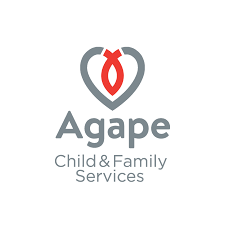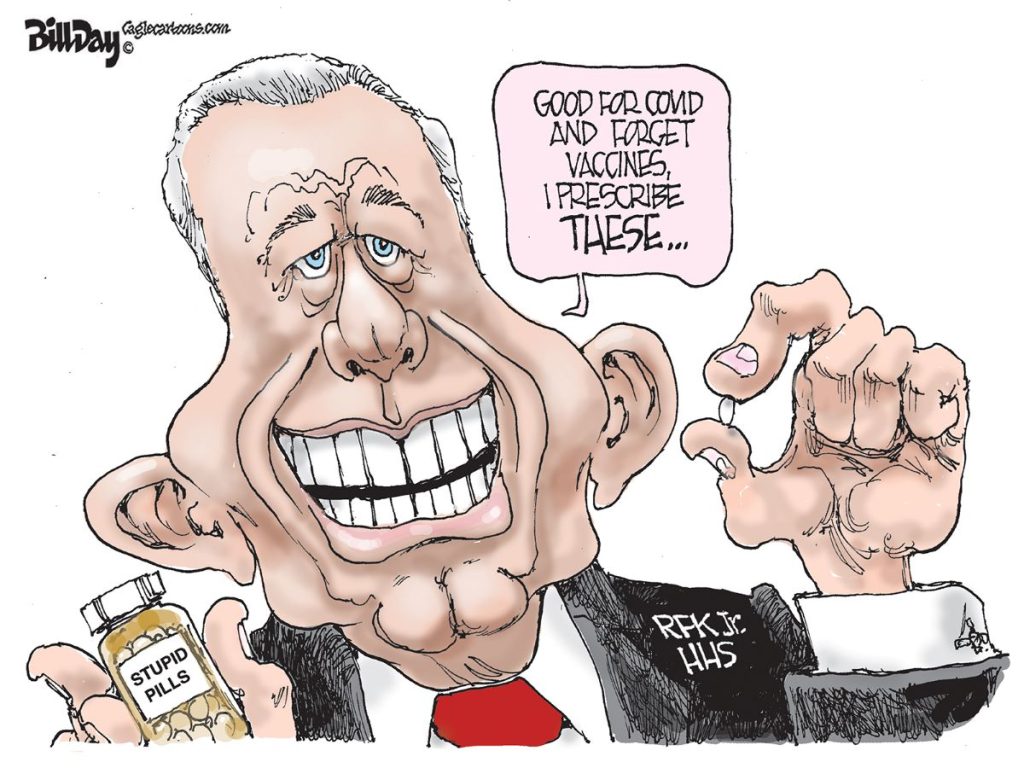The Annie E. Casey Foundation reports that for the first time since the Great Recession, the U.S. child poverty rate did not increase, holding stead at 23%. Unfortunately, that’s a trend line that doesn’t apply to Memphis. Since 2008, the number of children in poverty in Memphis has risen from 59,000 to 71,000. In 2008, 36% of our children lived in poverty, but today, 44% do.
If left unaddressed and reduced, this is an issue that will capsize Memphis – from its economic development to its public safety, from its social services to workforce.
From Annie E. Casey:
Child Poverty Remains Steady After Four-Year Rise For the first time since the start of the Great Recession, the U.S. child poverty rate did not increase, holding steady at 23 percent (16.4 million children). Thirty-eight states and the District of Columbia saw their child poverty rate stay the same or decrease between 2011 and 2012 — a positive trend, although most states’ rates are still considerably above pre-recession levels. At 40 percent, African-American children are three times as likely to live in households with incomes below the poverty line as their white counterparts, of whom 14 percent live in poverty. American Indian (37 percent) and Latino (34 percent) children are twice as likely as white children to live in poverty.See the Economic Well-Being section of the KIDS COUNT Data Center for national, state and city data.
More Children Insured: Outcomes Differ Across States Hitting a three-decade record, 9 percent of U.S. children (7 million) were without health insurance in 2011. This represents one million more children with insurance than in 2000. In the last decade, 33 states and the District of Columbia saw a positive decline in uninsured children, while eight states saw no change and nine experienced an increase. Although many more children are insured than in the past, the rate of uninsured children varies across the country, from a low of 3 percent in Hawaii and Massachusetts to a high of 19 percent in Nevada. See the Health section of the KIDS COUNT Data Center for national, state and city data.
State Organization Highlights |



